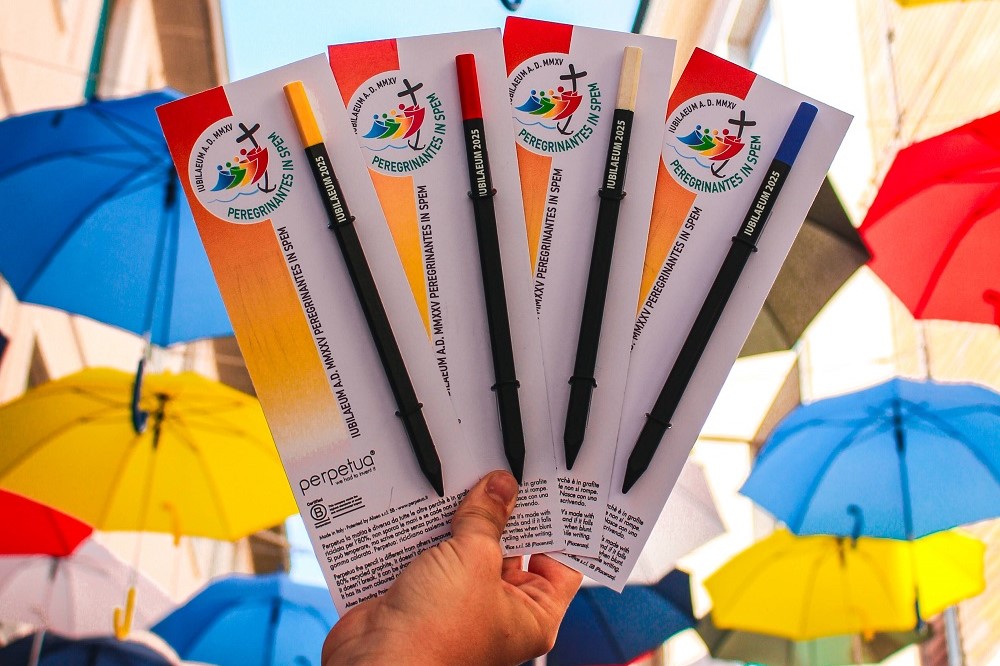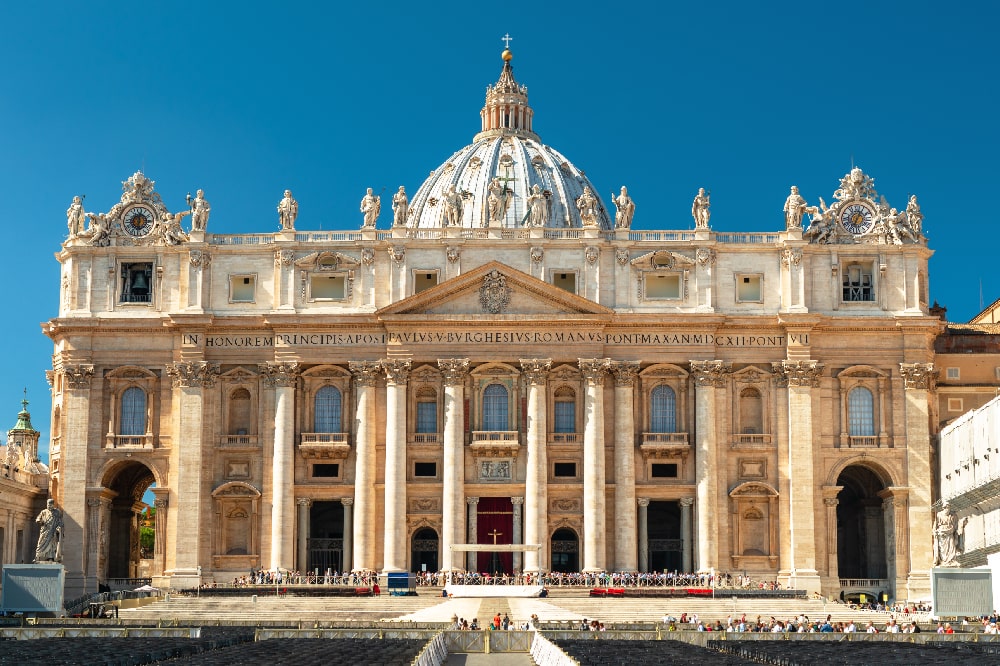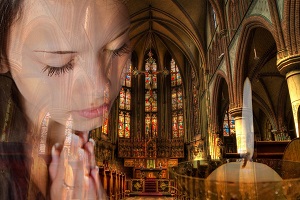Perceiving God’s presence while immersed in a particularly majestic and beautiful natural setting is something that has always joined almost all believers. In fact, how can you be insensitive while contemplating the magnificence of the sky, crossed by wispy vessels made of clouds or quilted by shiny stars? How can that not remind you of the infinite wisdom and generosity of Who created a secular wood, with trees as high as pillars built to sustain the sky, or a undergrowth quivering with life, blooming with fern, and an infinite swarm of small animals? Or even more, the vastness of the sea, its eternal and uneven motion, its scary fury when winds blow the waves and shake up the sea beds devouring the coasts. Where do such strength and such untamable violence come from? Who can calm it down?
Humanity has always watched the unrivaled show of nature impotent and full of wonder, and cannot help but read in it the certainty that something or someone above exists, and that men owe the amazing beauty that surrounds them to this supernatural and eternal presence. For Christians, everything recalls God, the Heavenly Father, of course, creator of heaven and earth and of everything existing between these two spheres, included men themselves.
So how can we not understand the intense and unique emotions felt by those who are lucky enough to have the chance to see our whole planet from a super privileged position, that is, space?
We are talking about astronauts, those brave and capable men and women that are on space missions, which take them far away from Earth for some time, unthinkable for most people, and in quite unusual life conditions. Yet, in spite of the distance to their daily existence, their loves, their habits, or maybe exactly because of this kind of suspension from earthly life, while immersed in a setting like no other and from which they can contemplate the fullness of the creation in its truest meaning, those men and women feel the presence of God next to them with even more intensity.
How do catholic astronauts live their faith while into orbit? How can they compensate for the lack of the Holy Sacrament for quite a long time?
Everyone according to their own possibilities, of course. It is true that there is no way for them to participate to a mass and receive the communion, but there are no obstacles for them to pray, alone or even together. This is the case of Sid Gutierrez, Thomas Jones and Kevin Chilton, three astronauts on a mission around the Earth on the ship Endeavour to study changes during April 1994: they not only prayed together, but even celebrated a catholic liturgy with Eucharist on board of the Space Shuttle.
Already in 1968 the crew of the Apollo 8 while in orbit around the Moon had launched an important message to the Christians on Earth, reading live on TV some passages from the Genesis.
Later, Buzz Aldrin, the second man to step foot on the Moon during the mission Apollo 11, wanted to celebrate Eucharist on the silver satellite using a travel kit which included the Holy Sacrament, which was granted by a special permission given by the Presbyterian Church.
A more recent case is Michael S. Hopkins, an astronaut and colonel of the U.S. Air Force. His mission began in September 2013: 24 weeks on board of the International Space Station. Before his departure, the astronaut converted to Christianism, and finished his catechesis path. Maybe it was the freshness of his faith that made it intolerable for him to have to give up, for such a long time, receiving Christ’s Body. So, with the intercession from his priest and a special permission given by the Archdioceses of Galveston-Houston, he was allowed to take a pyx with six consecrated hosts into space, each one divided into four parts: all that was necessary to receive the Holy Sacrament once a week for the whole duration of his mission. Plus, the diligent priest also sent him the sermon every week, to make is experience of faith even more complete and comforting.
What is it like to pray in space?
The International Space Station is equipped with a particular and unique observatory module, called Cupola. The Cupola is a semi sphere of 3.5 meters of diameter, equipped with six side windows and a roof window. Astronauts enjoy a very wide and privileged view from these windows, and that brings a list of pros. First of all, from there they can follow all their colleagues’ external maneuvers, or the mechanical arm movements and all docking operations.
But the thing that makes the Cupola really special, from a human and psychological point of view, is that they can see the Earth from there. We are used to sci-fi movies, so it can look trivial to our eyes; but let’s try to step into their shoes, so far from home, and try to imagine the effect it can have watching our own planet covered in blue, suspended in the cosmic emptiness like all of the other planetary bodies. It is not by chance then that many astronauts choose the Cupola as a place to pray, as many pictures taken during various missions confirm. It is exactly when we feel our vulnerability the most, our being nothing compared to the vastness of the creation, that we feel God’s presence next to us, His endless Love enveloping us, comforting us, protecting us. Everything looks now more beautiful, precious and priceless, because He is with us, even when we are so far from home, lost in an abyss covered with stars that spins around us, indifferent and eternal. We can therefore understand the astonishment, the respect and the love astronauts on the International Space Station must feel when they contemplate the deep space beyond the windows of the Cupola and pray.
The declaration from the already mentioned Thomas D. Jones is also meaningful. In his biography, among other things, he writes: “Every night, before I went to sleep, I thanked God for those wonderful sights of Earth and for the success of our mission. I prayed constantly for the safety of our team, and for everything to end up in a happy encounter with our families.” Similarly, in this mission, astronauts were allowed to take some hosts with them, which were distributed by one of them, designed to be an extraordinary minister of Eucharist
“Kevin shared Christ’s Body with Sid and me, and we floated in the flight cabin, silently thinking about this moment of peace and real communion with Christ“, adds Jones: “While we were peacefully meditating in the darkness of the cabin, a magnificent white light rose from space entering the cabin. The radiant light of the sun penetrated through the front windows of the Endeavour, bringing warmth. What other sign could we ever ask for? It was the sweet confirmation from God of our union with Him“.
Thomas D. Jones’ book goes beyond the scientific aspect to give us a testimony of great humanity and faith. Through his eyes, the blue of the Earth seen from space becomes the Virgin’s mantle, and we cannot be insensitive to the deep emotion of his words when he describes the colors of our planet seen as impossible to be found in any picture of any painter of the world. Once again, the awareness of our being small compared to the creation and God becomes known from the reports of those who were lucky enough to enjoy this unique and privileged view. One more gift from God to his favorite children, one more promise of beauty and love that He wanted to give to men.

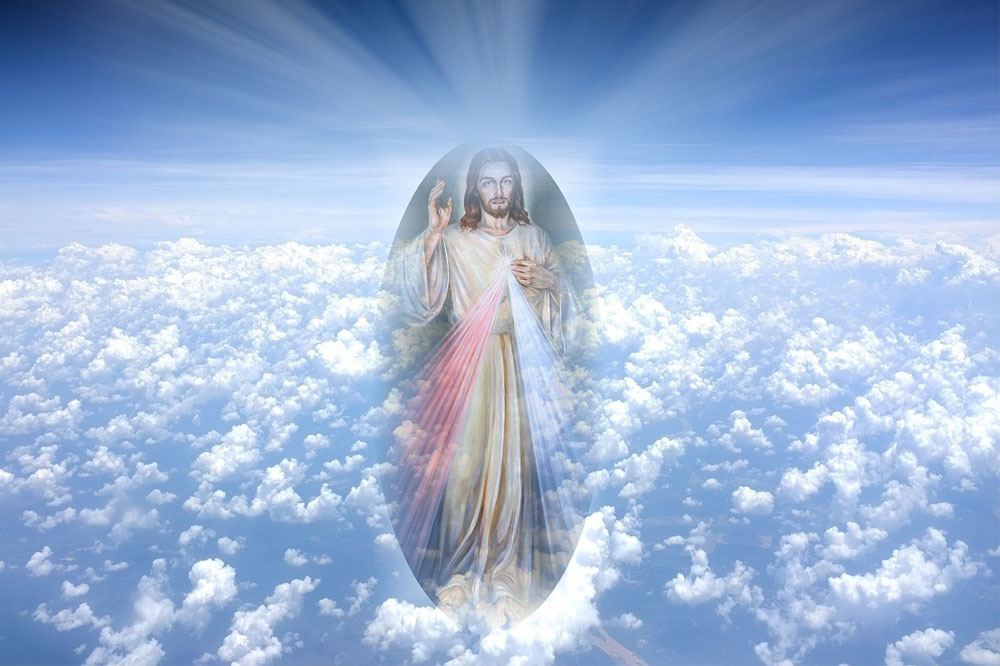
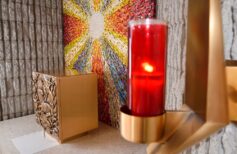

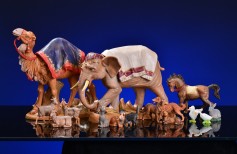
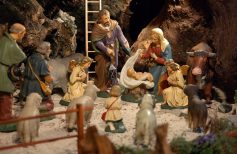

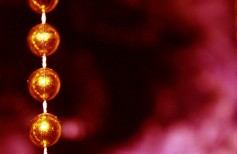


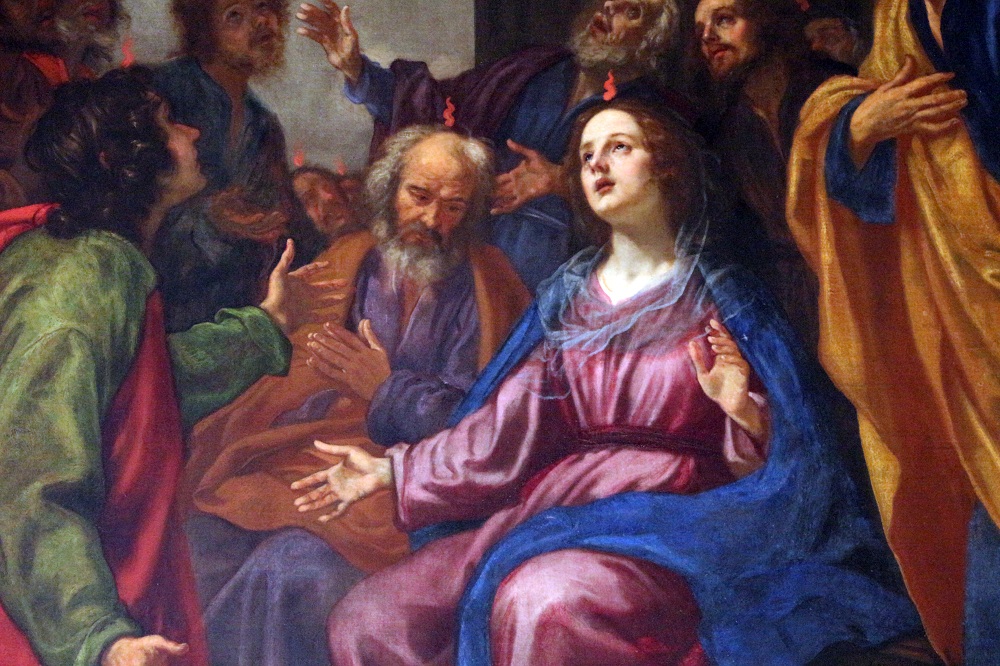








 25 August 2025
25 August 2025
